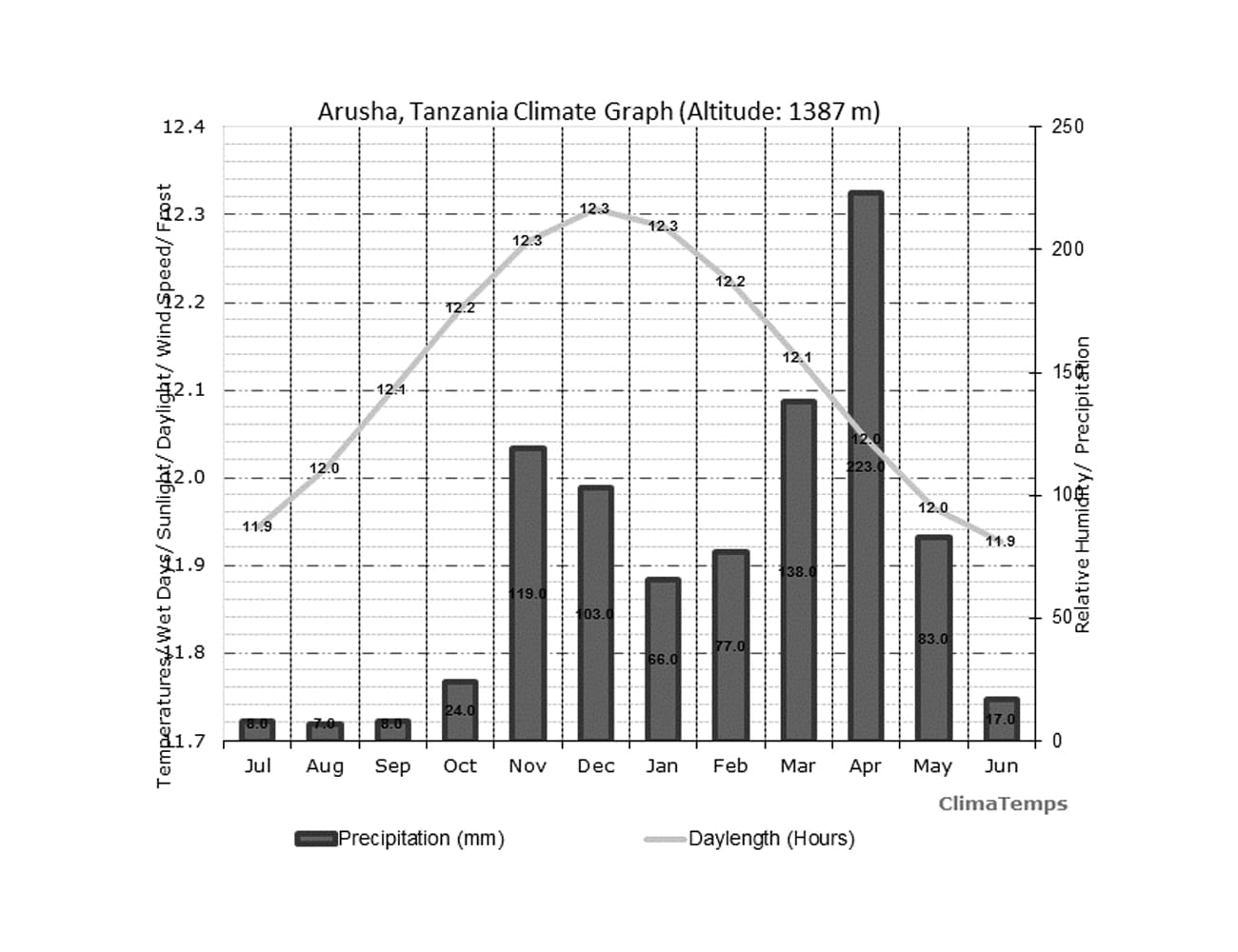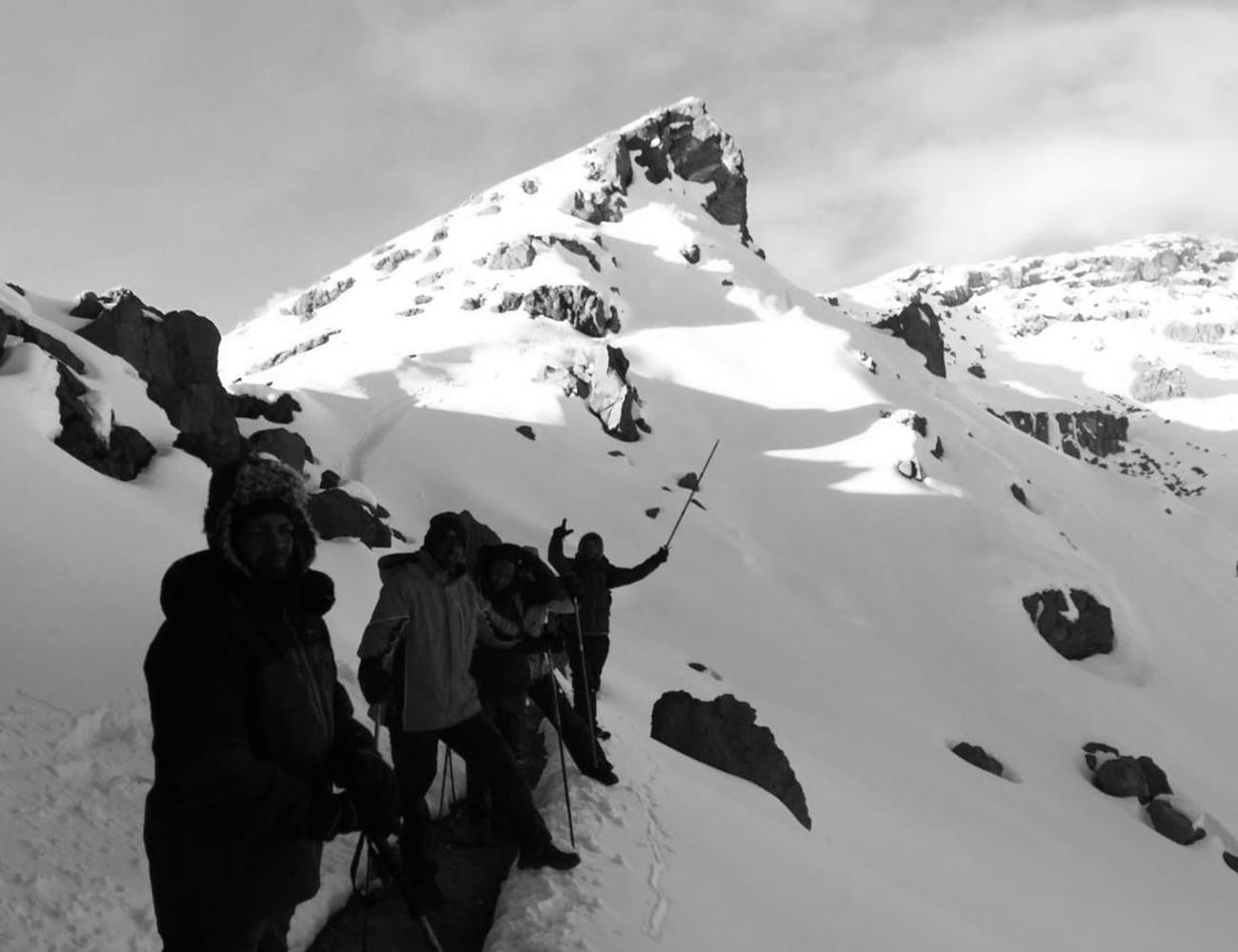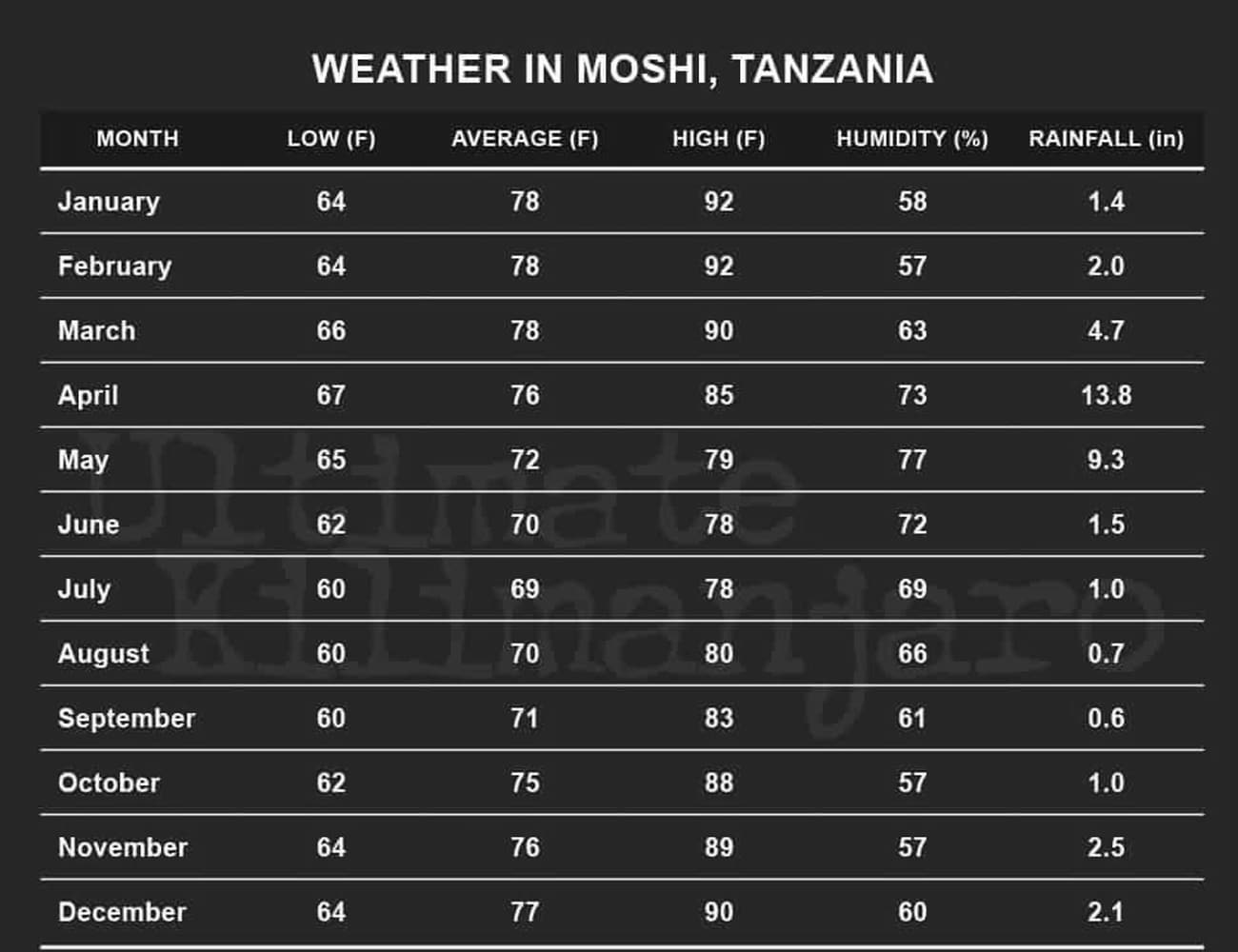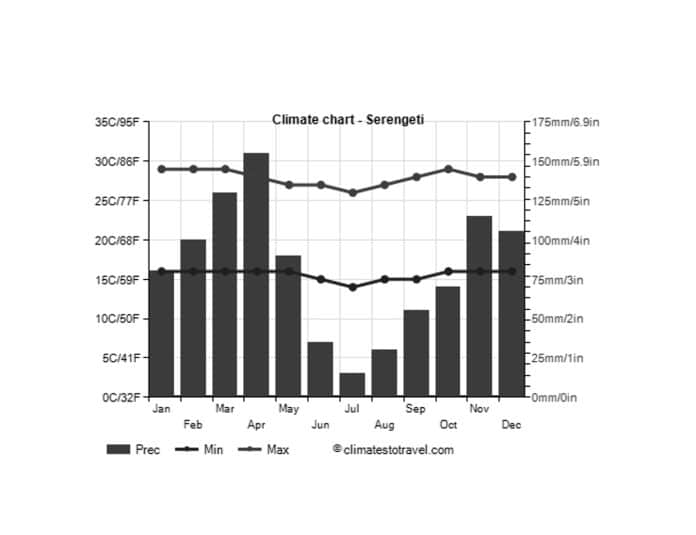The Ultimate Guide to Understanding the Weather in Tanzania, Africa Today
Are you planning a trip to Tanzania, Africa? Understanding the weather patterns in this beautiful country is essential to make the most of your journey. Whether you are exploring the Serengeti, climbing Mount Kilimanjaro, or relaxing on the stunning beaches of Zanzibar, knowing what to expect from the weather in Tanzania Africa today can significantly impact your experience.
In this ultimate guide, we will dive deep into the weather patterns of Tanzania, providing you with valuable insights on what to expect throughout the year. From the hot and dry season of January to the wet and green months of March and April, we will break down the weather trends, temperatures, and rainfall patterns across different regions of the country.
Whether you are a wildlife enthusiast planning a safari, an adventure-seeker looking to conquer Mount Kilimanjaro, or simply a beach lover seeking some tropical relaxation, understanding the weather in Tanzania Africa today is the key to a successful trip. So, grab your sunscreen and raincoat, and let’s explore the fascinating world of Tanzanian weather together.
Climate zones in Tanzania
Tanzania has a diverse climate due to its location near the equator and the Indian Ocean. The country can be divided into four climate zones: the hot and humid coastal zone, the highland zone, the northern zone, and the southern zone.
The coastal zone is characterized by high humidity and temperatures that range from 25°C to 30°C throughout the year. The highland zone, which includes the cities of Arusha and Moshi, has a temperate climate with temperatures ranging from 15°C to 25°C. The northern zone, which includes the Serengeti National Park and the Ngorongoro Conservation Area, has a semi-arid climate with temperatures ranging from 20°C to 30°C. The southern zone, which includes the Selous Game Reserve and Ruaha National Park, has a hot and dry climate with temperatures ranging from 25°C to 35°C.

Seasons in Tanzania
Tanzania has two main seasons: the dry season and the wet season. The dry season runs from June to October, while the wet season runs from November to May. The dry season is characterized by hot and dry weather, with little to no rainfall. The wet season, on the other hand, is characterized by heavy rainfall and high humidity.
Understanding the rainy season in Tanzania
The rainy season in Tanzania runs from November to May, with the heaviest rainfall occurring between March and May. During this time, the country experiences short bursts of heavy rainfall, which can cause flooding in some areas. However, the rain is usually followed by clear skies, making it a great time for photography and wildlife viewing.
Visitors should be prepared for the rainy season by bringing waterproof clothing and shoes. It’s also important to note that some roads and safari camps may become inaccessible during this time due to flooding.
Weather patterns in the Serengeti National Park
The Serengeti National Park is one of Tanzania’s most popular tourist destinations, known for its annual wildebeest migration. The park experiences a semi-arid climate, with temperatures ranging from 20°C to 30°C throughout the year.
During the dry season, the park is hot and dry, with very little rainfall. If you would like to experience the wildebeest migration, the weather in Tanzania Africa today is the best time to visit, as the animals gather around the few remaining water sources.
During the wet season, the park is lush and green, with plenty of water sources. This is a great time for birdwatching and seeing newborn animals.
Weather conditions for Mount Kilimanjaro
Mount Kilimanjaro is Africa’s highest peak, standing at 5,895 meters tall. The mountain has its own microclimate, with temperatures ranging from -7°C to 20°C. The best time to climb Kilimanjaro is during the dry season, which runs from June to October and January to February. During these months, the weather is dry and sunny, with clear skies.

During the wet season, climbing Kilimanjaro can be dangerous due to the heavy rainfall and slippery trails. It’s important to note that climbing Kilimanjaro requires a high level of physical fitness and proper gear, such as warm clothing and sturdy hiking boots.
How weather affects wildlife migration in the Ngorongoro Conservation Area
The Ngorongoro Conservation Area is home to the world-famous Ngorongoro Crater, a natural wonder that attracts thousands of visitors each year. The area experiences a semi-arid climate, with temperatures ranging from 20°C to 30°C throughout the year.
During the dry season, the animals in the conservation area gather around the few remaining water sources, making it a great time for wildlife viewing. However, during the wet season, the animals disperse, making it more difficult to spot them.
Weather safety tips for travelers in Tanzania

It’s important to be prepared for the weather in Tanzania Africa today before boarding. Here are some tips to help you stay safe and comfortable:
- Bring sunscreen and a hat to protect yourself from the sun.
- Bring waterproof clothing and shoes if traveling during the rainy season.
- Stay hydrated by drinking plenty of water.
- Be aware of the signs of heatstroke, such as headache, dizziness, and nausea.
- If climbing Mount Kilimanjaro, make sure to bring warm clothing and sturdy hiking boots.
Best time to visit Tanzania based on weather conditions
The best time to visit Tanzania depends on your interests and preferences. If you want to see the wildebeest migration in the Serengeti, the best time to visit is during the dry season from June to October. If you want to climb Mount Kilimanjaro, the best time to visit is during the dry season from June to October or January to February. If you want to enjoy the beaches of Zanzibar, the best time to visit is during the dry season from June to October.
Embracing the diverse weather in Tanzania
Tanzania’s diverse climate and weather patterns make it a fascinating destination for travelers. Whether you’re exploring the Serengeti, climbing Mount Kilimanjaro, or relaxing on the beaches of Zanzibar, understanding the weather in Tanzania Africa today is essential to make the most of your trip. By following our tips and recommendations, you can stay safe and comfortable while experiencing the beauty and wonder of Tanzania.
For more information on the weather click here!

































